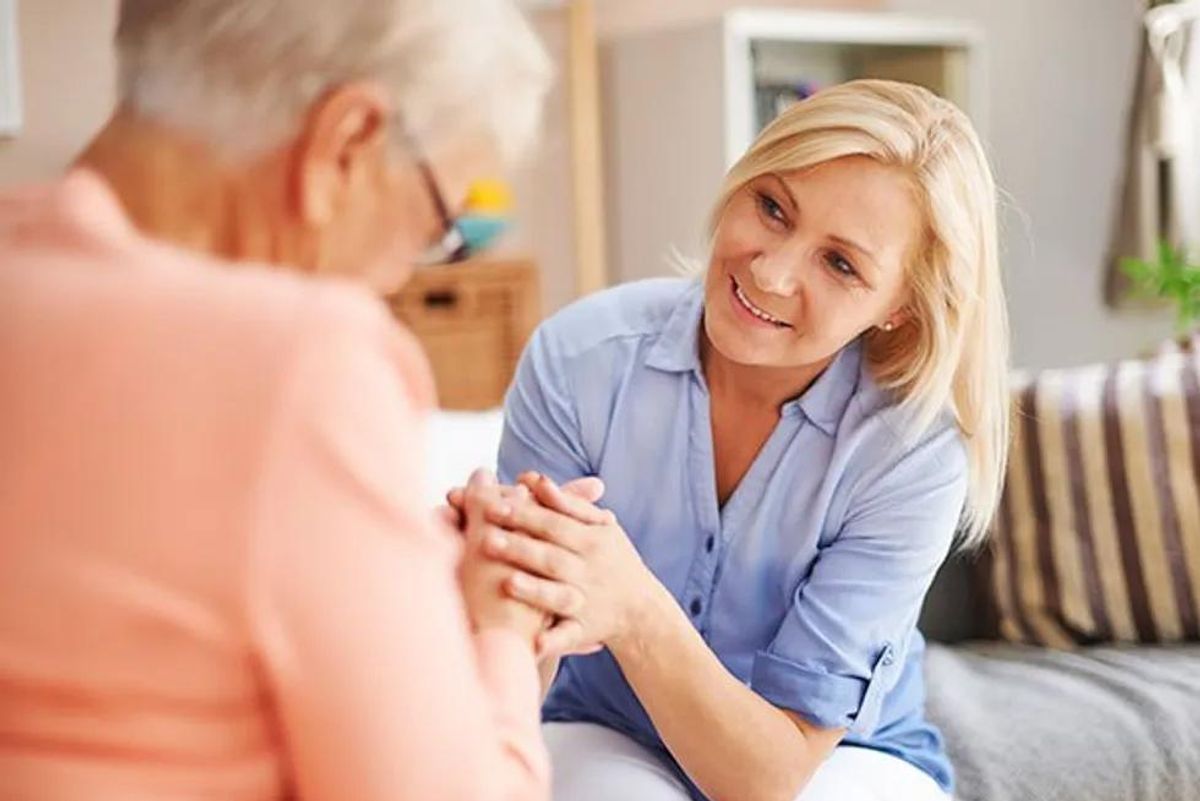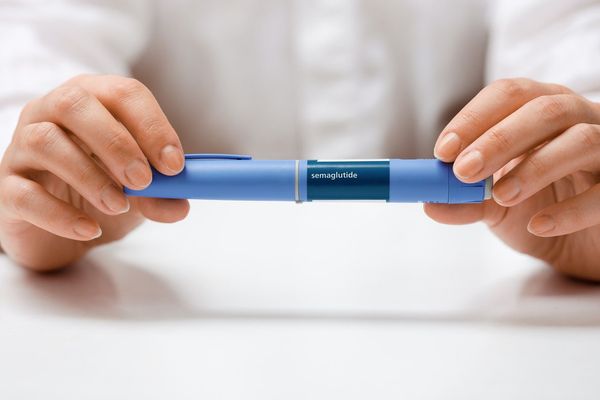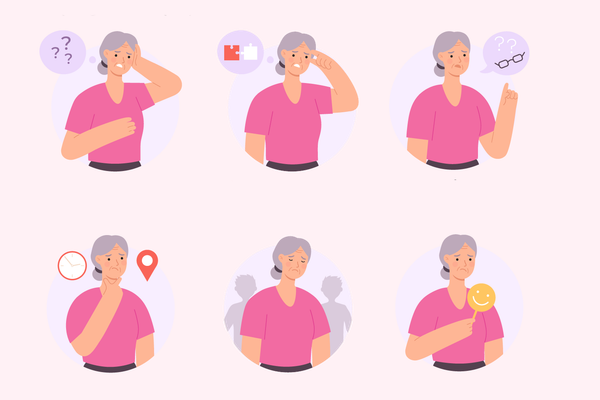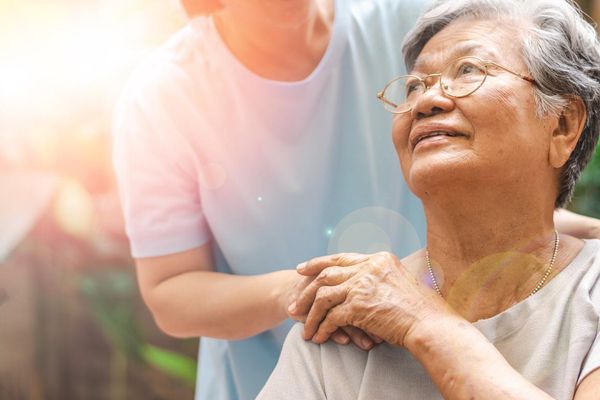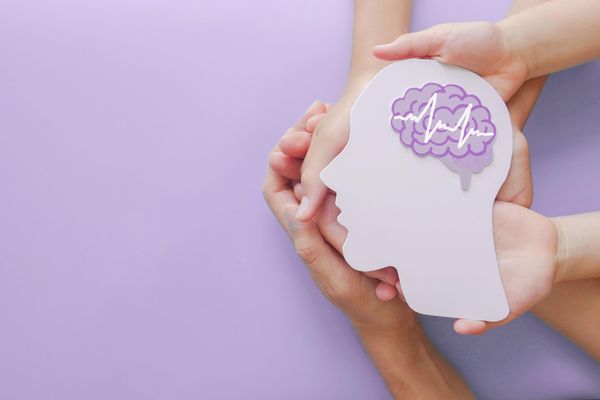By Paul Denikin
Keeping your loved ones safe can be an overwhelming responsibility, especially when there is a disorder involved such as Alzheimer's disease. Alzheimer's creates many problems, such as memory loss, functional issues, physical problems and changes in emotions or behaviors. It's hard to know where to begin in helping the person stay safe and happy.
But when a loved one with Alzheimer's comes to live with you, you'll want to start with some basic changes and small repairs that can make your home safer.
Here are some of the best tips on where to begin.
Kitchen
Because Alzheimer's affects memory and judgment, it's important to make the kitchen a safe space. You may consider remodeling your kitchen for safety and accessibility, but that can get very expensive. There are plenty of things you can do to make it safer that are virtually cost-free. Try to see your home through the eyes of your loved one and look for potential hazards. Consider investing in a stove that has safety features, such as removable knobs or a shutoff valve for the gas line, for example. Place knives and other sharp objects in a locked cupboard. Look around and assess the dangers, and then take action.
Living room
Alzheimer's also affects balance and depth perception, so the rooms, hallways and stairways used most frequently should be well-lit and free of clutter that could cause falls. Remove throw rugs that might cause someone to trip or slip, and make sure furnishings like floor lamps, ottomans, magazine racks, baskets and small tables are not in the walkways. Night lights or small wall fixtures are a great way to make sure walkways and darker areas of the house get some light.
Bathroom
Lock up any medicines and keep the counter free of clutter. Even everyday things like mouthwash and toothpaste could be hazardous depending on the state your loved one is in. Assess the situation and, if you feel they would be safer, keep those products on a high shelf or locked up. Remove locks from bathroom and bedroom doors to prevent your loved one from locking themselves in.
Doors
Consider installing a motion sensor alarm that will let you know when someone is going out a door, especially if your loved one has a history of wandering. It might also be helpful to make sure they have a medical bracelet with your information on it, in case the person wanders away.
Other Safety Issues
- Keep weapons locked up and out of sight. It's your prerogative to keep a weapon, but when you have a loved one in your home who has functionality issues, it's best to keep the weapon secured out of sight. Guns should be disassembled or have a trigger lock and kept in a separate location from bullets.
- If you have a pool—even a small one for the kids—take precautions. Install a safety fence around it with a motion sensor alarm, or if it's a small inflatable pool, drain it after each use. Make sure safety equipment is in good working order and is at hand.
- Routinely check fire extinguishers, smoke alarms and carbon monoxide monitors. Replace batteries as directed and make sure they're in good working order. Be sure the entire family knows how to use the extinguishers.
- Create an emergency plan for your family. Work out a plan in case of fire or severe weather and make sure everyone is on board and knows how to help one another and where to meet. Make up a box of supplies you might need in an emergency—blankets, spare cash, flashlight, ponchos, bottled water, canned foods and a can opener, first aid kit, and any medications that will be necessary—and keep it in a spot that's easy to get to.
Paul Denikin got into DIY home repair projects after his daughter was born with special needs. His initial efforts were motivated by the desire to make his home more accessible for her. He learned everything he knows through trial and error and many helpful YouTube videos. He created DadKnowsDIY.com to share some of the great resources he's come across and to offer home improvement project how-tos and other accessibility information.

